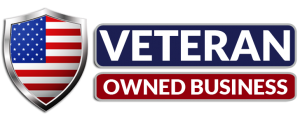Regardless of the reason, by attempting to pigeonhole the subject of diversity solely as a black, white, or racial issue does everyone a disservice. Doing so, leaves entire segments of minority and marginalized populations out of the discussion, limits the availability of varied opinions at the table, and minimizes a wealth of experience. Furthermore, it limits our ability as a society to develop in a way that allows every segment of the population to feel included, heard, and supported. The majority of the population is not racist. But the “now what?” matters, then ever because there are still thoughts, laws, and behaviors that are rooted in prejudice, bias, and discrimination that result in inequitable opportunities and unfair experiences for individuals who are part of minority and marginalized groups. So now what? For many people, their instinctive response to the word diversity is, “But I’m not a racist.” Congratulations, that is a suitable place to start. The time has come to go deeper and start to ask the bigger question. “Ok so you’re not a racist, now what?” Because here is the thing, Diversity is not just about race or racism. It is about things like conscious and unconscious bias, preference, equality, representation, understanding, compassion, comfortability, acceptance, equality, and inclusivity. But for many years training programs in and out of corporate America painted diversity solely as a BLACK AND WHITE issue. Now we expand the conversations. Now, we begin to have heart centered conversations around what it means to be accepting, to have a diverse workforce, and to create a culture of inclusion. Now we peel back the onion and begin to challenge things like our hiring practices and marketing strategies. Now we begin to address diversity with a broad brush and go beyond roles and responsibilities to truly get to know one another with a goal for expanded knowledge and understanding.
Now we take all of those things a step further and say not only do I want my company to embrace diversity I want to personally challenge myself to identify and work thorough my own personal bias to gain a better understanding of the experiences that people who are different from me have lived. Now we explore Diversity, Equity, and Inclusion, not because it is the right thing to do as an organization, which it is. But NOW we do it because it is the right thing to do, PERIOD.
1 Comment
"I don't understand, we had a Black President." "I don't see color." "Look at Oprah, Michael Jordan, Tyler Perry or Beyoncé, they made it, they are successful." "Dr. Will look at you, you pulled yourself up from your bootstraps." "I think this whole thing of racism is BLOWN OUT OF PROPORTION, it's not like it use to be." Many don't understand the term "Systematic Racism" and to be honest, why would they. If you are part of the majority and you go in for a job interview and you don't get the job, you just say to yourself "Someone more qualified beat me out." With no further thoughts. You never have to consider concerns such as.... *My name being a factor *My hairstyle being a factor *My Skin color being a factor If you go look for a house, you have the ability to look in any neighborhood you choose. You never have to concern yourself with... *Maybe you should look elsewhere *You may not qualify for this house And you have probably never had anyone say to you "Maybe you would like a neighborhood a little more urban." What does your neighborhood look like? Does everyone there pretty much look the same? If so, have you ever stopped to ask yourself: Are there really no Latino, African Americans or other minorities that can afford to live in my neighborhood? *Are there really no qualified minorities that can lead Fortune 500 Companies (Currently 4 Black and fewer than 25 minorities run Fortune 500 Companies) *Are there really no qualified Military Leaders of Color. (The rarity of blacks in the top ranks is apparent in one startling statistic: Only one of the 38 four-star generals or admirals serving as of May was black. And just 10 black men have ever gained four-star rank). READ THAT, 10 IN OVER 150 YEARS.
Here is a prime example of systematic racism.....
The Government provides through it's National Minority Supplier Development Council Certification an opportunity to gain access to Government Contracts and to work with major companies for "Minority Owned Businesses." On the "Surface" it looks like a great opportunity. And myself and many other business owners I know have taking advantage of the program. But here is the issue. To qualify as a Minority Owned Business, you must own 51% of your company. All business owners know that raising CAPITAL is a huge part of growing and sustaining your business. From the start as a Minority Owner I lose leverage because I can only offer 49% shares of my company and still be considered the majority owner. Jeff Bezos of Amazon only owns 11%. He is able to offer 90% of shares and still be viewed as Majority Owner. He can raise more capital than me, which gives him a huge ADVANTAGE. The bank would require me to put more of my personal money up. In short, if i needed to raise 1 million dollars, I would have to bring to the table $500,000 and Jeff would need to only bring $100,000. SEE THE HUGE DIFFERENCE THERE. As a White person you wouldn't know that, why would you need to know that? So when someone tries to explain it to you, listen. Don't think, they're not willing to work hard, or they're just making excuses. There are polices in place to make it difficult for Minorities to succeed. When Blacks and other minorities say we not only have to work hard like everyone else, but we have to work EXTRA HARD. These are the obstacles and circumstances we are referring to. The first Black President had to graduate from Columbia University, Harvard University. His wife had to graduate from Princeton and Harvard for them to even get SERIOUS consideration. Where others who have held this position were average at best. Blacks and other minorities don't get to be average and succeed in America. That's called "White Privilege." Yes, it is true, you were not a slave owner, and I was not a slave. But neither of us can afford to ignore the impact of this ugly time in OUR history. I truly believe the majority of individuals are good people. This is not a Black only fight, or a minority only fight. It will take a collective effort from everyone. If you are truly not a racist and you believe America is a great country for all it's CITIZENS, you need to join the fight. The best place to start is with yourself, your family and community and say "Why does it look like this?" Remember, We are Better Together! ~Dr. Will Moreland The recently published results from the 2020 US Census indicated that the multiracial population grew in almost every county in the US and that “the US population is much more multiracial, and more racially and ethnically diverse than what we measured in the past." Based on the narrative that has been associated with the new results it may lead one to believe that America is just now becoming diverse. They looked at things like race, ethnicity, and multiracial identities as the key indicators. At MTA however we challenge the notion that America is becoming diverse. We believe that America has been diverse for generations. While we agree that the racial make-up has shifted, we believe that the key components of diversity are not reflected in race, ethnicity, or national origin. In fact, if you limit yourself to only thinking race and ethnicity when you hear the word diversity, you are missing out on a lot. When we think of diversity here at MTA we look at the human attributes that go beyond that narrow scope. We look at things like experiences, exposure, abilities, beliefs, natural talents, and skills.
Not all people of the same racial or ethnic background are the same and by using labels to identify people we miss out on the greatest contributions of diversity. Can all Black people dance? Are all Asians good in math? Do all White men like Nascar? When you lump people into categories you lose the true essence of who they are. To give you an example, at MTA we have a team of individuals with differing racial identities and ethnic backgrounds. Whether we are from Arizona, Iowa, California, Alabama, Germany, or the Caribbean Islands each person has a different perspective. It is those differences in our cultural experiences that allow us to walk the talk. On any given subject we are able to See the World with New Eyes by leaning into the varied exposure of the whole team. We are encouraged to share our experiences and opinions openly. Because of our differences we are able to have healthy dialogs that in the end give us all a diverse look at topics. Our diversity ultimately benefits our clients. Our gifts, talents, and skillsets are equally diverse. One of the things that makes MTA the best at what we do in the DEI Training arena is our diversity. From our leadership to our entire team and extended to the vendors that we choose to work with, everyone is encouraged to maximize their skills. Each person making contributions based on what we do best regardless of our roles or job titles. If there is a need, and someone has the skill to fulfill that need they are encouraged to speak up and step in. Our diversity makes us better. Case in point, our human resources manager loves to plan events, so she is our go to person for company events. Totally out of her job description, but not out of her skillset and passion. If you are not looking at your team members beyond their job titles and investing some time to get to uncover their varying abilities, you are wasting valuable resources. Set aside time to get to know your team. Find out what their interests are, and look for the hidden skills that they hold, and discuss ways they may be utilized. Once you do, you may be surprised at what you uncover. At a minimum, you will see what we already know at MTA, America is already diverse, and our diversity is what makes us BETTER TOGETHER! For more information on how Moreland Training & Associates can assist you in your diversity efforts or to request an organizational assessment for your organization contact us at info@morelandtraining.com and speak to an associate. To stay connected to the latest video messages about Diversity, Equity, and Inclusion Solutions subscribe and follow us on YOUTUBE. Anyone who has ever had a sales job or sat through a customer service training has heard the old adage that "People like to buy from people they know, like, and trust." Then they may offer a blurb about ways you can get people to "like" you. Things like, smiling, offering compliments, don't sell the product sell the benefits, let the customer know you are there to help them, not sell them. While some of those strategies may work to enhance your likability, they fall painfully short of establishing trust. You see, establishing trust, begins long before a client, employee or prospect ever engages with your company. Trust begins behind the scenes. It starts with your LEADERSHIP! The attitudes, beliefs, and yes..... bias' of your leaders will be front and center when it comes time to creating the culture of your organization. People say it's just business, it's not personal. Well, guess what, whether you realize it or not everything about your business starts out personal, long before it becomes business. Think about it, everything from how your company selects markets, how you promote your business, who you market to, the policies and procedures you establish, how you make decisions, who you hire, and even how you seek out talent are all tied to THE PERSONAL BELIEFS, PREFERENCES, AND PERSONAL EXPERIENCES OF YOUR COMPANY LEADERSHIP. What we have learned over the years is that people will actually pay more to do business with a company they trust. We've also discovered that top talent would be willing to accept a lower wage or less favorable working hours to work for a company that has shared values. In essence, who your company is, how you show up and who you attract is up to you! Being inclusive is a choice. Companies must become intentional about employee selection and promotion opportunities to make room for voices, experiences, and opinions that differ. These differences provide a 365-degree perspective. It opens the door for policies, procedures, and products that have a broader appeal and demonstrates equitable company values in action. And yes, THAT builds TRUST! It begins with questioning your thoughts and long-held beliefs. It requires gathering differing opinions. Sometimes you need to borrow a lens from someone else to be able to see it from another perspective. That is impossible to do if everyone you rely on to make decisions all look and think alike. Ask yourself: Have you been intentional as an organization about fostering a diverse environment? Does your company leadership reflect values of diversity and inclusion? If the answer to one or both of the above questions is NO. The next question to ask yourself is, What can you commit to right now that will begin to move the dial in the direction of becoming a more diverse company and foster trust in your team and your clients? Remember the know, like, and trust factor, of a diverse employee and client base starts with the diversity of your leadership. Take a look at the video below to give you some additional food for thought on the importance of diversity in your leadership. What if...... you underestimated a team member, overlooked them for a promotion, and then later found out that they were not only qualified but more qualified than the person that you extended the offer to? Do you feel equipped to handle that situation? What would you do? As leaders, one of the hardest things to do can be to admit when we are wrong. Especially if it involves others. Yet one of the best things you can do for morale when you are wrong is admit it. Confront and Confess. Most employees do not expect leaders to know everything or for them to be infallible. What they desire is to be heard, appreciated, and respected. This becomes even more important if the error negatively impacted them. By confronting the individual or individuals involved you acknowledge that leaders are human, that YOU are human. It also demonstrates that you are owning up to your mistakes and holding yourself accountable to a standard of integrity instead of attempting to "hide behind" your title or position within the organization. Confessing that you were wrong about them will go a long way towards building trust between everyone involved. This show of respect helps to unify the whole team. But you can't do any of this if you are not willing to admit that unconscious bias exists within you. Awareness of personal bias is intentional. Confronting your bias when you become aware of them can be uncomfortable, but as a leader, as a human, it is the right thing to do. Top organizations take action and top talent is attracted to that! Take a look at the video below and find out the subtle ways in which unconscious bias can sneak up on even the most intentional leaders...... Contact an associate today to find out how Moreland Training & Associates can help you and your team identify individual hidden biases and develop an action plan to optimize the diversity within your organization.
Historically speaking, history is made up of ordinary people doing ordinary things. Many of the most memorable historical figures of the civil rights movement found themselves cast into the spotlight for living their normal everyday life, doing what they believed to be right. Their actions, disrupted the status quo and forced people to recognize injustices that they may otherwise choose to overlook. Hindsight has demonstrated over the years that being on the right side of history can be a lonely and sometimes dangerous place.
One example that comes to mind is a now famous photo (above) believed to be taken in 1936 in Hamburg Germany. The photo depicts a group of workers demonstrating their allegiance to Hitler and the Nazi movement. The masses were united, except for one. He too up until that day had been a member of the Nazi Party. But on this day this one man, later identified as August Landmesser had seen enough. Although he was Aryan, he was in love with a Jewish woman and had experienced firsthand the lies and terrors the Nazi’s had inflicted on the Jews. This one man decided on that day, in that moment, he would stand for his own beliefs and his right to love and marry who he wanted. Instead of saluting the Reich, the photo shows him standing in opposition with his arms folded resolutely across his chest. In that moment, he was not trying to make history, he couldn’t have known that in a sea of hundreds his actions would even be noticed. He knew the risks associated with his refusal but his belief in what was right was stronger than his fear. He certainly had no way of predicting that he would be immortalized in history. This example of one man, going against the grain and defying the opinions of the masses. His defiance in that moment, captured forever, cost him dearly. Yet years later we can look back at that moment and say HE DID THE RIGHT THING. Now, not to say that everyone is out to “make history” per se, in fact, just the opposite. Many of the individuals that you see making a difference in the world go about their work, pursue their dreams, and support of their beliefs without seeking notoriety or recognition. They just try to DO THE RIGHT THING. Standing up for diversity, equity, and inclusivity for everyone is that type of work. It is THE RIGHT THING. It may require you to go against the grain. It may cost you some friends. You may even lose some relationships. The question to ask yourself…. “Is doing THE RIGHT THING and living on the right side of history worth it?” Only you know the answer to that. If your answer is YES, we have the training, resources, and solutions to help you develop your action plan. For more information on how Moreland Training & Associates can assist you in your endeavors to do the RIGHT THING in your organization contact us at info@morelandtraining.com and speak to an associate. To stay connected to the latest video messages about Diversity, Equity, and Inclusion Solutions subscribe and follow us on YOUTUBE. It seems now everywhere we turn there is a new story in the news about racism, discrimination, or unfair treatment. How we view the stories and how we perceive the intentions and ramifications within the stories is fueled by our own internal belief systems. What we were taught by our parents, friends, and through our own personal experience creates the lens that we view the world through. This is the foundation for unconscious bias and like it or not, admit it or not, we all have them. If left unchecked, unconscious bias can do a huge disservice to yourself, and to the people around you. So where do you begin? It begins with questioning your thoughts and long-held beliefs. It requires gathering differing opinions. Sometimes you need to borrow a lens from someone else to be able to see it from another perspective. Why is dealing with unconscious bias so difficult? Because for most people, second-guessing their own belief systems does not come naturally. Becoming diverse in your thoughts and actions is an intentional choice. But what happens when you commit to being more open-minded and expanding your thinking, and you begin to ask questions but everyone who you surround yourself with looks and thinks like you? More often than not the opinions you get merely affirm what you already thought or believe instead of providing you with another perspective. Again, most people do this completely unintentionally. The result is called Confirmation Bias. Take a look at the video below to find out more about Confirmation Bias. For more information about unconscious bias, and how you can begin to shift the thinking in your organization or schedule a complimentary 30 minute consultation contact an associate today at morelandtraining.com.
 When it comes to branding and image, corporations, small businesses, schools, and even Entrepreneurs invest a great deal of time and money developing their brand and creating an image that they can be proud of. After all, your brand, speaks on your behalf. Your brand represents who you are, what you stand for, and it tells clients and the community at large what they can expect from you. Your brand is how you show up to the marketplace and potential clients. The flip side of that is your workplace culture. Your culture is how you show up to your employees and in many cases, the clients that you deal with on a regular basis. Your culture can make or break your brand. How does your organization treat people? How do people ‘feel’ when they engage with your company? Does your culture support your brand? Often organizations will invest thousands of dollars, time and effort creating a brand and forget that the CULTURE is the backbone of the brand. Creating a culture that is diverse and inclusive is the hinge pin to supporting a vibrant and successful brand. Being intentional about developing a diverse, equitable and inclusive culture is one of the best investments you can make as a leader. Recently the British Royal Family begun to experience what happens when the culture within does not match the image your brand represents. Assessing the success of your organizational culture and identifying gaps can be a difficult task. Especially if you are attempting to measure your own commitment and your own success via your own metrics. What may appear to be success internally or when viewed from an executive or management level may fall short from the perspective of your team and/or your community. You may feel as if you are doing “all you can”, “more than most”, or even that you “got it right” and still come up short. There are a few reasons for this.
After hundreds of years of self-management, the Monarchy is now coming to understand that the way it has always been done, is not going to work in today’s diverse world. The effects of living with the status quo is becoming quite costly. Creating and maintaining a culture of inclusivity and diversity requires a multi-pronged strategic approach comprised of objective assessments, policy reviews, and ongoing awareness training. That is the value of utilizing external experts. They help you see the whole picture, frame, and all. If you have not considered having a diversity expert on call or conducted an organizational assessment contact us at Morelandtraining.com and schedule a complimentary consultation today! 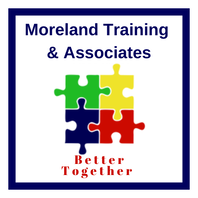 Most educators have known for years that there is an achievement gap between students based in large part by their racial demographics and their family’s economic positioning. What most educators have struggled with is how to bridge the gap, which only seems to increase as technology advances. There are many reasons that can be cited for this disparity. Everything from household make up, lack of resources, lack of access, to lack of interest. Regardless of the cause, as the years have progressed one thing that cannot be denied, our young people need our help and our guidance. Truthfully speaking, our children aren’t failing, we are failing our children. As the adults, parents, educators, and community leaders we have to roll up our sleeves, get engage, and place a sense of urgency to this. We must begin to actively participate in the bridge building. It is no longer about determining who or what is at fault, instead we must accept that regardless, we are all responsible. So, you may be asking, “But where do I begin?” Start with HEART! Here are 5 HEART centered action steps you can take, starting today, to begin to do your part.
Bridging the gap starts with HEART! |
At M.T.A......It is our intention to truly become your training partner and be your go-to resource for all of your diversity and inclusion training needs. That starts with keeping you up to date on the latest news and editorials on Diversity, Equity and Inclusion Archives
March 2022
|
Stay tuned to the latest news and events from M.T.ASubscribe to our newsletter today! |
|
Copyright @ 2021 Moreland Training & Associates, All Rights Reserved
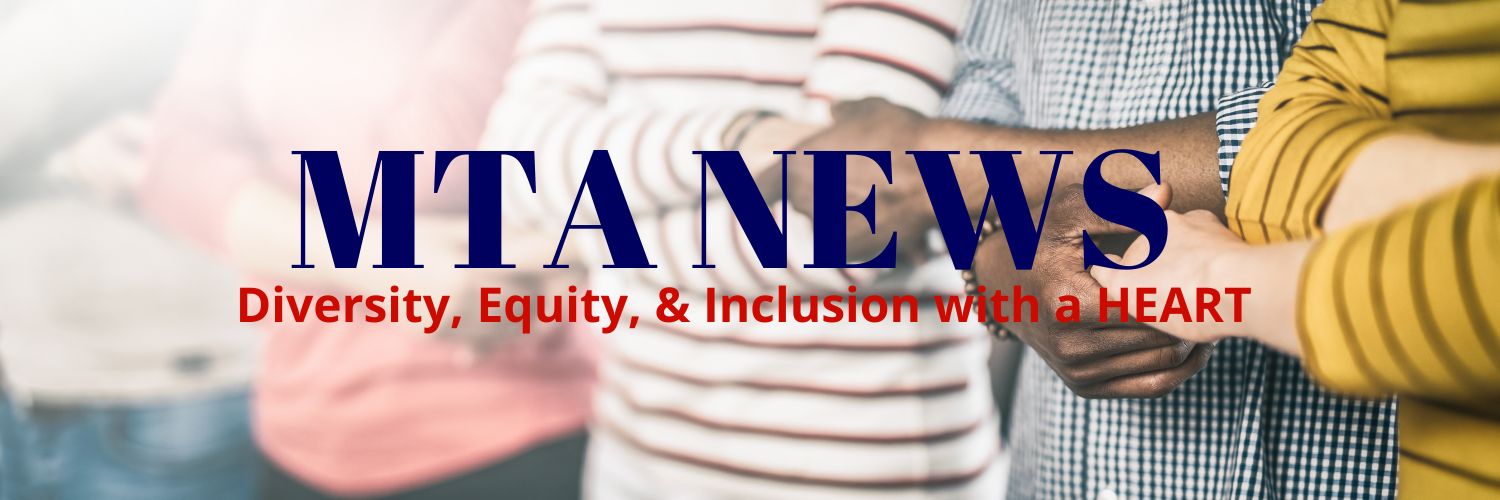
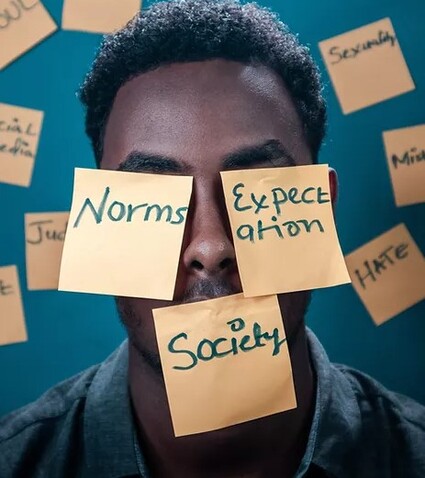
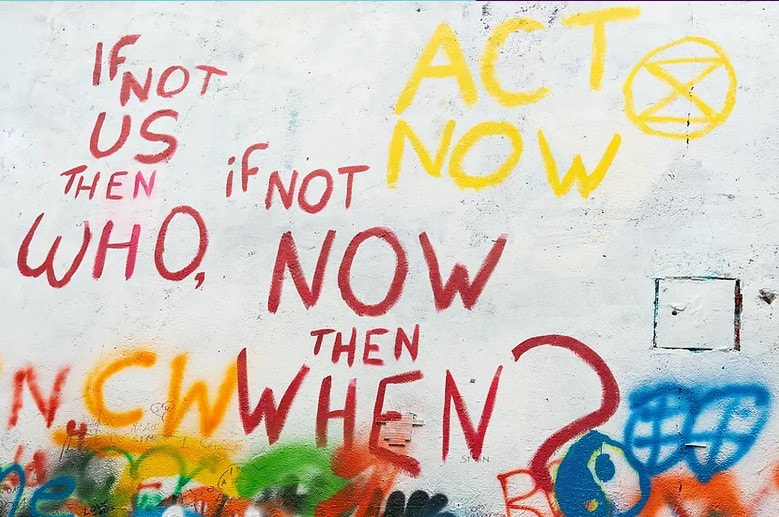

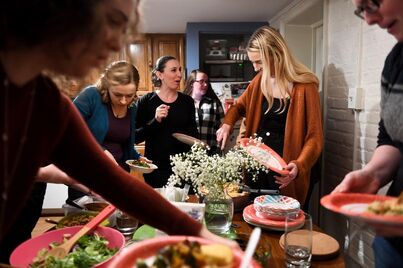

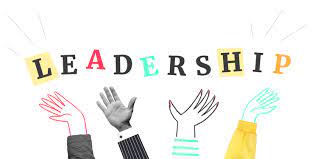
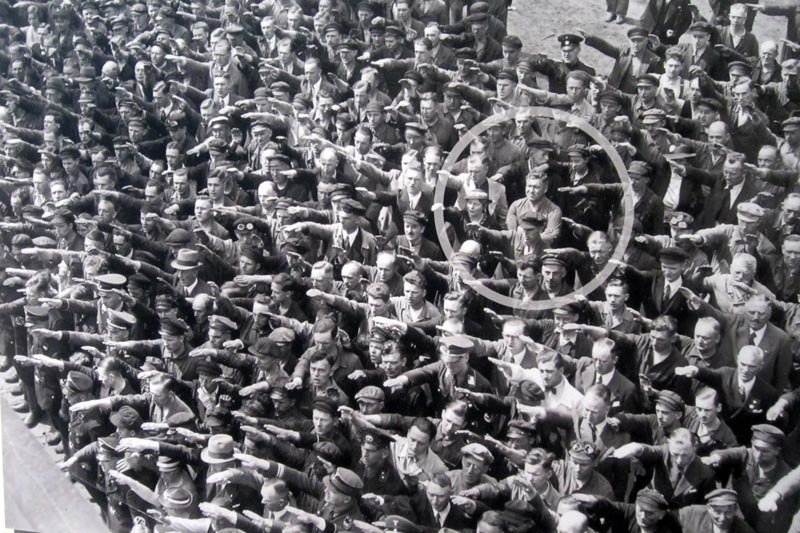
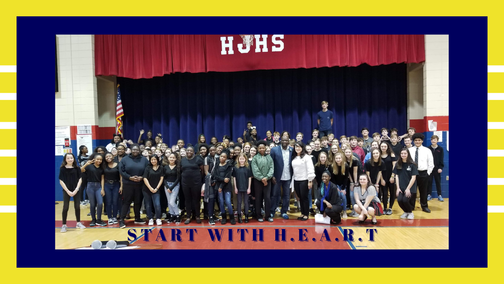
 RSS Feed
RSS Feed
